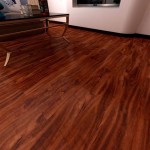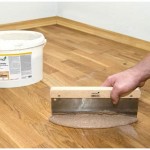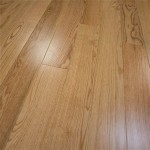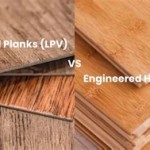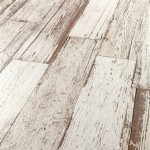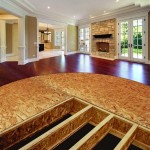Fixing Gaps in Wood Floors
Wood floors, renowned for their beauty and durability, can sometimes develop gaps between planks. These gaps can be unsightly, collect dust and debris, and even create drafts. Fortunately, several methods exist for addressing this common issue, allowing homeowners to restore the integrity and aesthetics of their flooring.
1. Understanding the Causes of Gaps in Wood Floors
Before attempting to fix gaps in wood flooring, understanding the underlying cause is crucial. Wood is a hygroscopic material, meaning it absorbs and releases moisture from the surrounding environment. During periods of high humidity, wood expands. Conversely, during dry periods, it contracts. This seasonal movement is the primary reason for gap development.
Other contributing factors can include improper installation, subfloor issues, and excessive moisture exposure. For instance, if the subfloor isn't level, the flooring may not be adequately supported, leading to uneven settling and gap formation. Similarly, leaks or spills can cause the wood to swell and buckle, eventually resulting in gaps as the wood dries and shrinks unevenly.
The type of wood also plays a role. Some species are more prone to expansion and contraction than others. Engineered wood flooring, constructed with multiple layers of wood veneer, is generally more dimensionally stable than solid wood flooring, minimizing the likelihood of significant gap formation.
2. Choosing the Right Gap-Filling Method
The most appropriate method for fixing gaps in wood floors depends on several factors, including the size of the gaps, the type of wood flooring, and the homeowner's skill level. Several options are available, each with its advantages and disadvantages.
For small gaps (less than 1/8 inch), wood filler can be an effective solution. Wood filler comes in various colors and can be sanded and finished to blend seamlessly with the surrounding flooring. However, it's important to choose a high-quality, flexible wood filler that can accommodate minor wood movement.
Larger gaps may require more substantial solutions. Wood shims, thin tapered pieces of wood, can be glued into the gaps and then sanded flush with the floor surface. This method is more time-consuming than using wood filler but offers a more permanent fix for wider gaps.
Rope, specifically designed for gap filling, can be another option. This rope is typically made from natural fibers and is compressed into the gaps before being sealed with a wood sealant. This method is particularly suitable for uneven gaps and provides a rustic aesthetic.
In cases of severe gapping or structural issues with the subfloor, a complete floor refinishing might be necessary. This involves sanding down the entire floor surface, filling any gaps, and applying a new finish. While this is the most extensive and costly option, it provides the most comprehensive solution and can significantly extend the life of the wood floor.
3. Proper Preparation and Execution
Regardless of the chosen method, proper preparation is essential for achieving optimal results. The floor should be thoroughly cleaned to remove any dust, dirt, or debris that could interfere with the filler or adhesive. A vacuum with a crevice tool is ideal for removing debris from within the gaps themselves.
When using wood filler, apply it carefully to avoid overfilling the gaps. Once the filler has dried, sand it flush with the floor surface using fine-grit sandpaper. For a seamless finish, blend the repaired areas with the surrounding flooring by applying a matching stain or finish.
For shim installation, ensure the shims fit snugly within the gaps without forcing them. Use a wood glue specifically designed for flooring applications to secure the shims in place. After the glue has cured, sand the shims flush with the floor and apply a finish to match the existing flooring.
When using rope, ensure the rope is tightly compressed into the gaps. Apply a wood sealant over the rope to create a smooth, even surface. Choose a sealant that complements the existing finish of the flooring.
Preventing future gap formation is crucial. Maintaining a consistent indoor humidity level is key. Using a humidifier during dry months and an air conditioner during humid months can help regulate moisture levels and minimize wood movement. Addressing any leaks or moisture issues promptly can also prevent further damage and gap formation.
Regular maintenance, including sweeping and occasional mopping with a wood floor cleaner, can also help preserve the integrity of the flooring and prevent debris from accumulating in the gaps. Protective measures such as using area rugs in high-traffic areas and felt pads under furniture legs can minimize wear and tear and help maintain the floor's appearance.

How To Fix Floating Floor Gaps The Easy Way

What Is The Best For Filling Gaps In Floorboards Mr Sander

Are Gaps In Wooden Floors Good Or Bad Craftedforlife

How To Fix Floating Floor Gaps The Easy Way

Can You Fill Gaps In Old Wood Floors 7 Amazing Solutions

How To Fix Wood Floor Gaps Easily Youtube

The Art Of Wood Floor Gap Filling Seamlessly Merging Elements For A Flawless Finish Sanding Floors

Should You Fill Gaps On A Timber Floor

Why Does My Hardwood Floor Have Gaps

How To Fix Gaps In 110 Year Old Pine Floors
